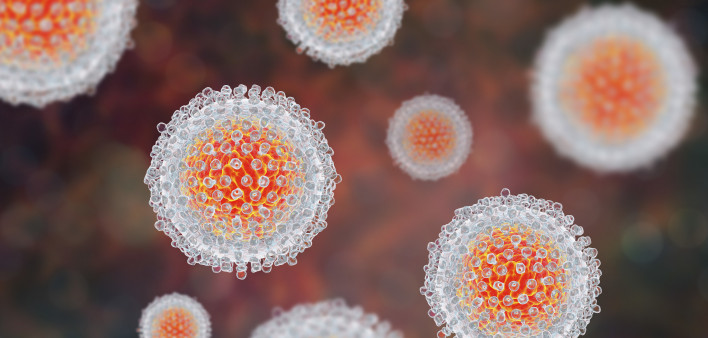The strength of a viral gene known as nef is associated with a greater HIV reservoir. The ngene gives rise to a protein of the same name that helps the virus evade immune cells during the early phase of infection.
Publishing their findings in the Journal of Virology, researchers analyzed viral samples and data about the HIV reservoir among 30 Canadians who had recently contracted the virus. The scientists quantified the size of the participants’ reservoirs according to the levels of viral DNA integrated into human cells (known as proviral DNA) as well as levels of virus in CD4 cells that was replication competent, meaning it had the capacity to produce viable new copies of HIV.
Twenty-five of the participants had clade B of HIV and five had a different clade of the virus. A previous study had found that people with clade B tended to have larger viral reservoirs than those with clade A or D. The researchers theorized at the time that such differences were driven in part by the fact that clade B viruses have a more functional version of the nefgene.
After a year of antiretroviral treatment, the participants of the new study who had clade B virus did wind up with smaller reservoirs than the other study members. And those with non–clade B virus did have less functional copies of nef. Furthermore, the less active the gene, the smaller the reservoir. Additionally, among those with clade B, having a more functional copy of nefwas tied to having a larger reservoir.
The characteristics of nef did not fully explain differences in reservoir size among the participants, suggesting that more research is needed to help investigators better comprehend the multiple factors, including viral genes and proteins, that affect variations in reservoir size.
To read a press release about the study, click here.
To read the study abstract, click here.







2 Comments
2 Comments